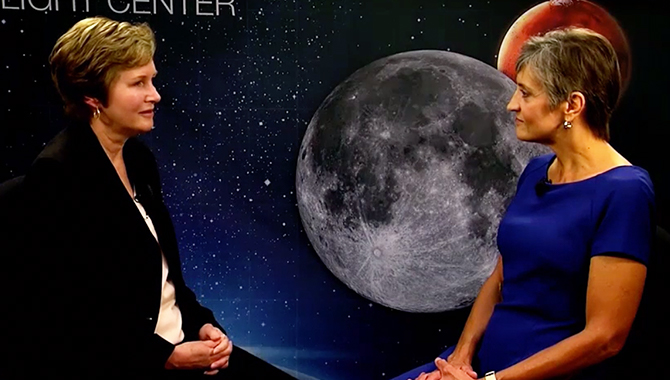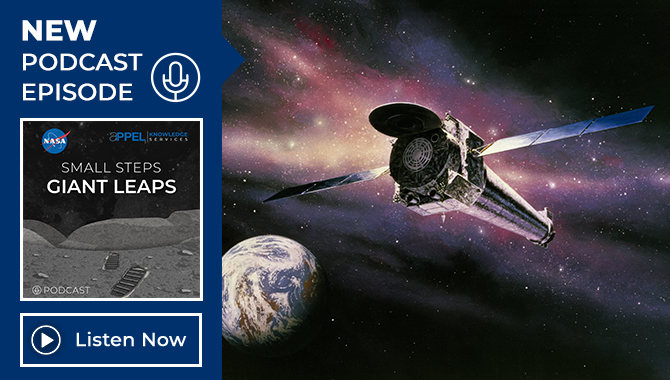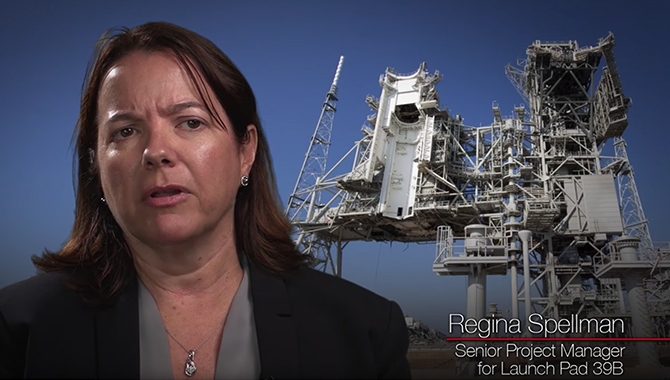
Orion Crew Survival Systems Project Manager Dustin Gohmert discusses Orion spacesuit design.

Orion Crew Survival Systems Project Manager Dustin Gohmert discusses Orion spacesuit design.

From 3-D printing rocket engine components to managing the world’s most powerful X-ray telescope, Marshall finds a way.

NASA Astronaut Candidate Woody Hoburg discusses his experiences as the 2017 NASA Astronaut Class approaches the two-year mark of extensive training for space travel.

Kathleen McIntyre, PACE Deputy Project Manager, discusses NASA’s Plankton, Aerosol, Cloud, ocean Ecosystem mission.

Individual accountability, teamwork and communication determine success at NASA.

The Space Shuttle Transition and Retirement team demonstrated that identifying a cross-cutting environmental function and having an integrated team are essential to successful management and disposition of a large amount of property.

Chandra X-ray Observatory Project Manager Helen Cole and Project Scientist Martin Weisskopf discuss 20 years of exploring the extreme universe.

Lisa Jones, NASA Landing and Impact Research Facility Manager, discusses the facility where the Apollo astronauts trained for the lunar landing.

Sharing crucial information is only half the battle for successful communication.